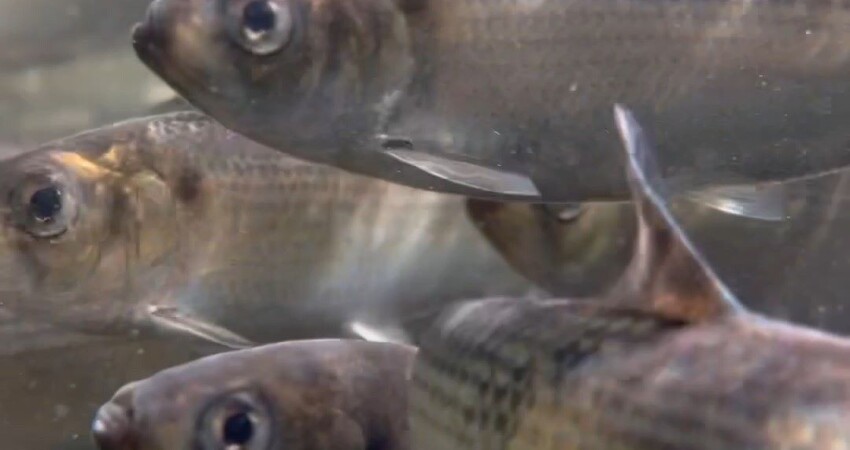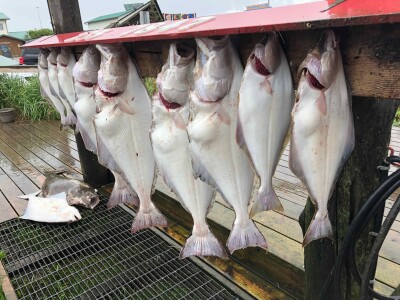Anadromous fisheries require healthy watersheds, and while the Pebble Mine controversy in Alaska has driven home that point, on the other side of the country, Canadian and US entities are seeing positive results from the largest river restoration project on the East Coast. The International St. Croix River Watershed Board (ISCRWB) has been removing dams and building fishways along the border waters of the St. Croix River to restore alewife runs.
The Passamaquoddy Tribe and other entities demanded that the state open the fishways, and beginning in 2008, the state opened the dam in Woodland for fish passage. Subsequent openings of the other dams in 2013 saw the alewives runs begin to rebound.
According to an article by Lura Jackson in the local paper, the Quoddy Tides, the ISCRWB hopes to accelerate the returning numbers of alewives by rebuilding the fish passageways at the dams. The province of New Brunswick is putting $20,000 into rebuilding the fish passage at the Milltown dam, just upriver from Calais, Maine. On its side, Maine is rebuilding fishways, including building a fish-lift in Woodland, Maine to lift fish over the dam.
The Passamaquoddy Tribe is working with the Maine Department of Marine Resources to build a 3,700-foot-long, 30-foot-wide natural-like channel around the Grand Falls dam. Jackson’s story adds that the Grand Falls fishway will resemble one that has proven 98 percent effective when used on another Maine river.
Jackson's story notes that opening an estimated 60,000 acres of alewife habitat could significantly impact other fish stocks. She quoted a Maine official who said the restoration could produce “tens of millions of alewives” that could again feed cod, halibut, and other commercially important species, as well as whales and other wildlife.







